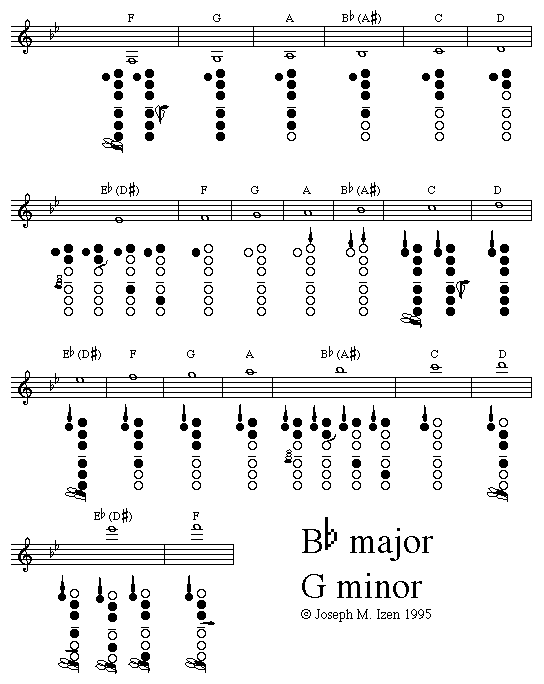
Once valves were invented, the hornist needed to transpose the pieces to F. The French horn is a good example of this the hornist would see which key a piece was in and then add lengths of pipe (crooks) to change the key.


There are four major reasons an instrument might be transposing: Said another way, music for the French horn sounds a perfect fifth lower than what is notated. The notes they see and play on sheet music are a perfect fifth higher than what is heard when played. French horns are often called "F Horns" because they are pitched in F. You can see that in with the French horn. "When an instrument plays a C, it says its key." When I was a young musician, I was told this saying. For example, if I was playing my French horn and saw a "C" in the music, the pitch that would come out of the instrument would be an "F." The note you see on the music is the pitch that is sounded.Ī transposing instrument is one that sounds a different pitch than the note written.įor some instruments, the note they see in the music isn't the note that is heard. Simple, right? The piano is what is known as a non-transposing instrument or in the Key of C. If you play a C on the piano, then you hear a C.


 0 kommentar(er)
0 kommentar(er)
